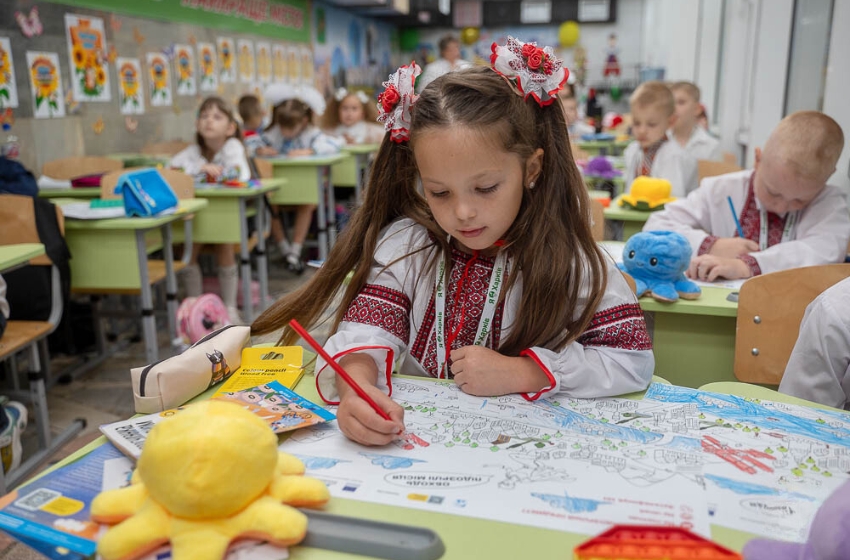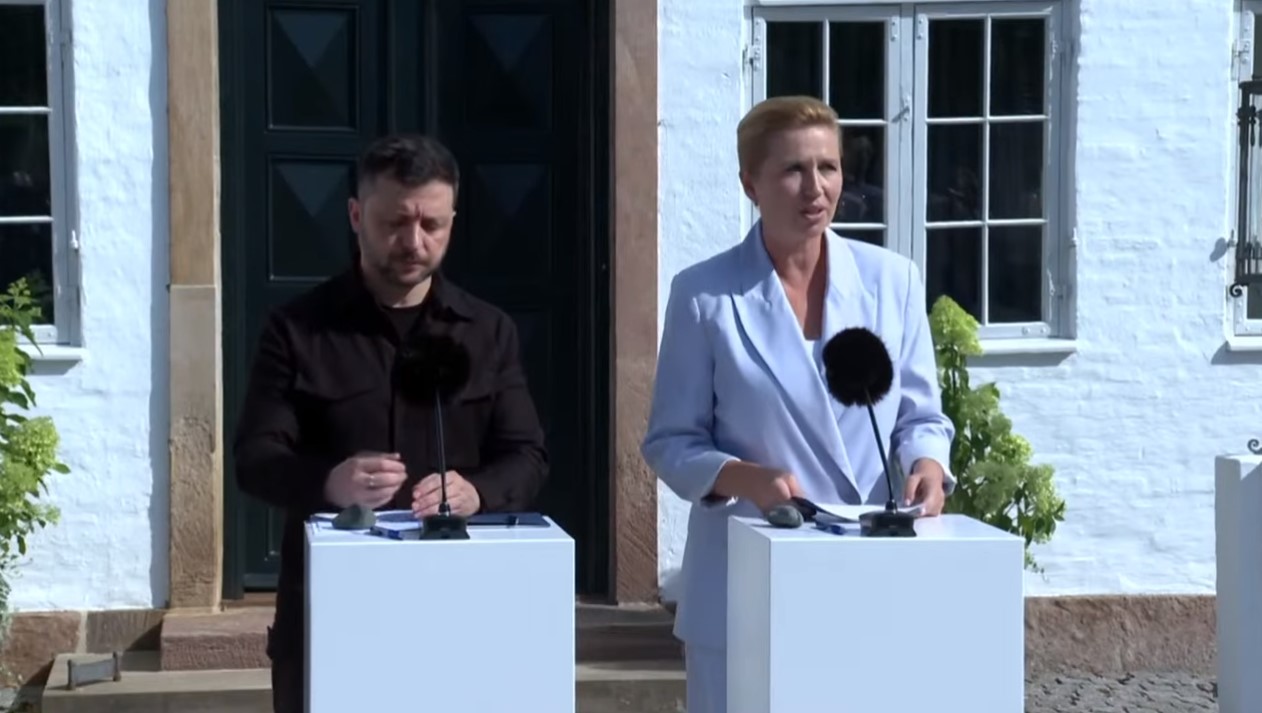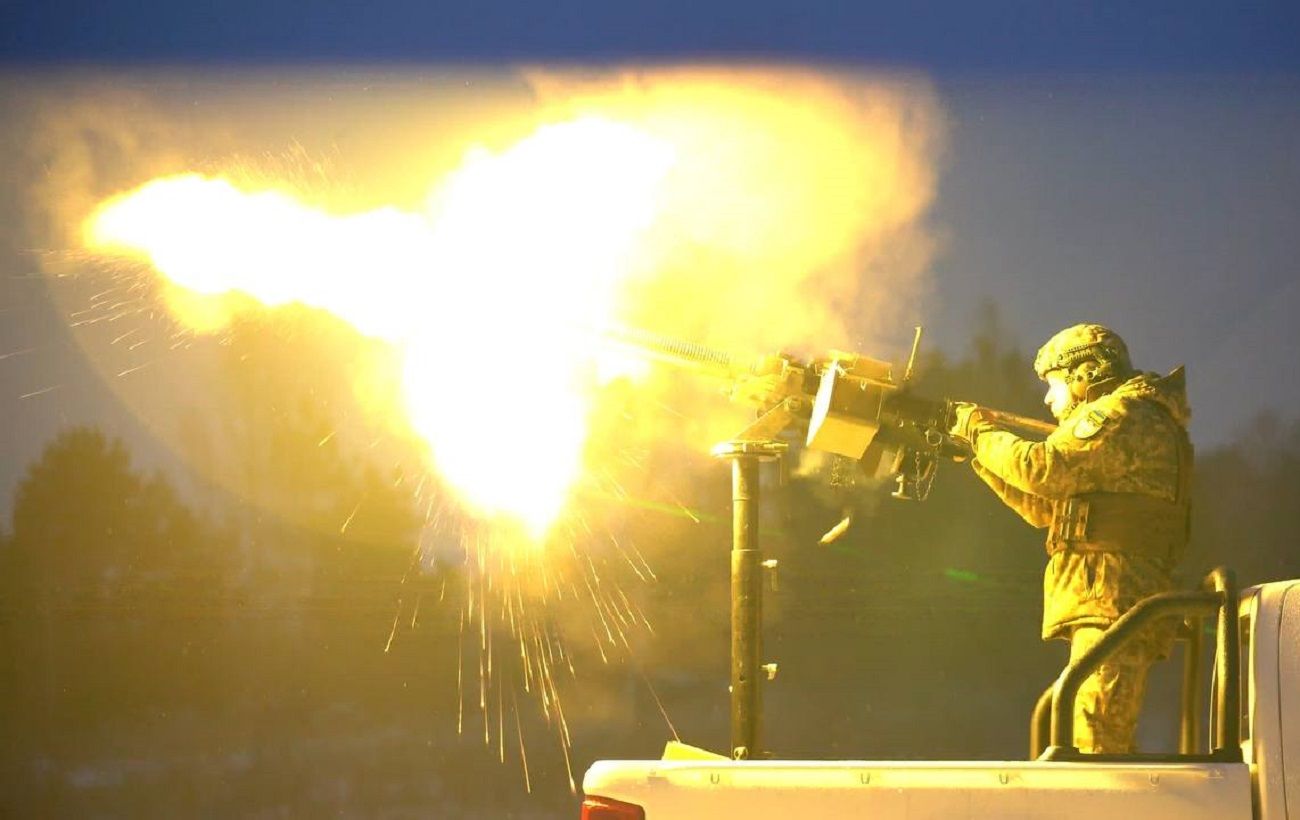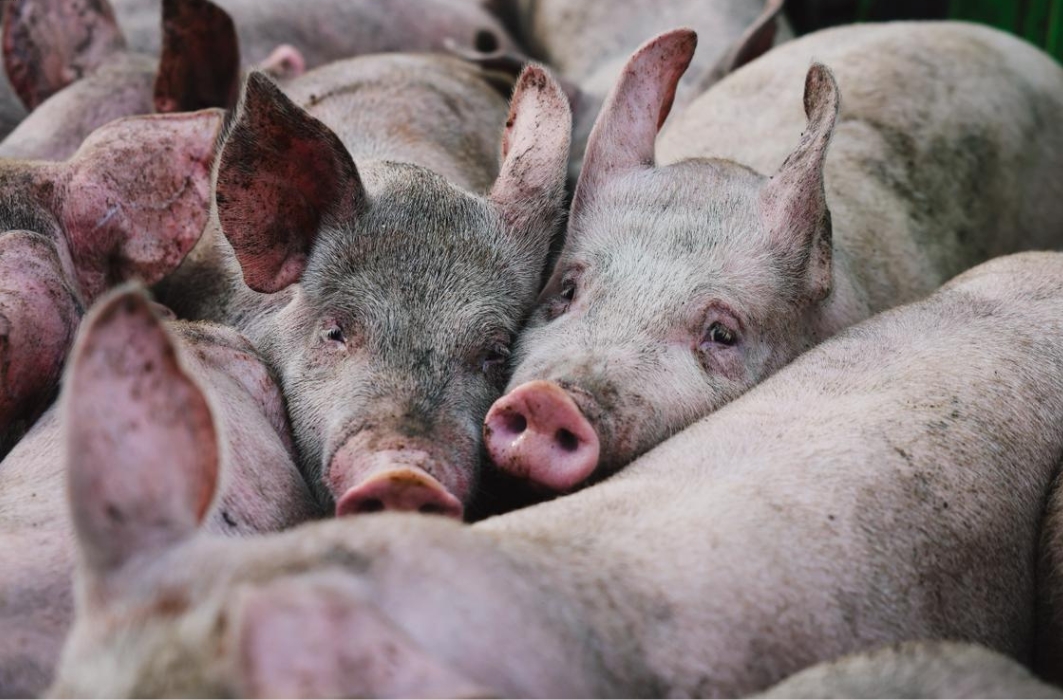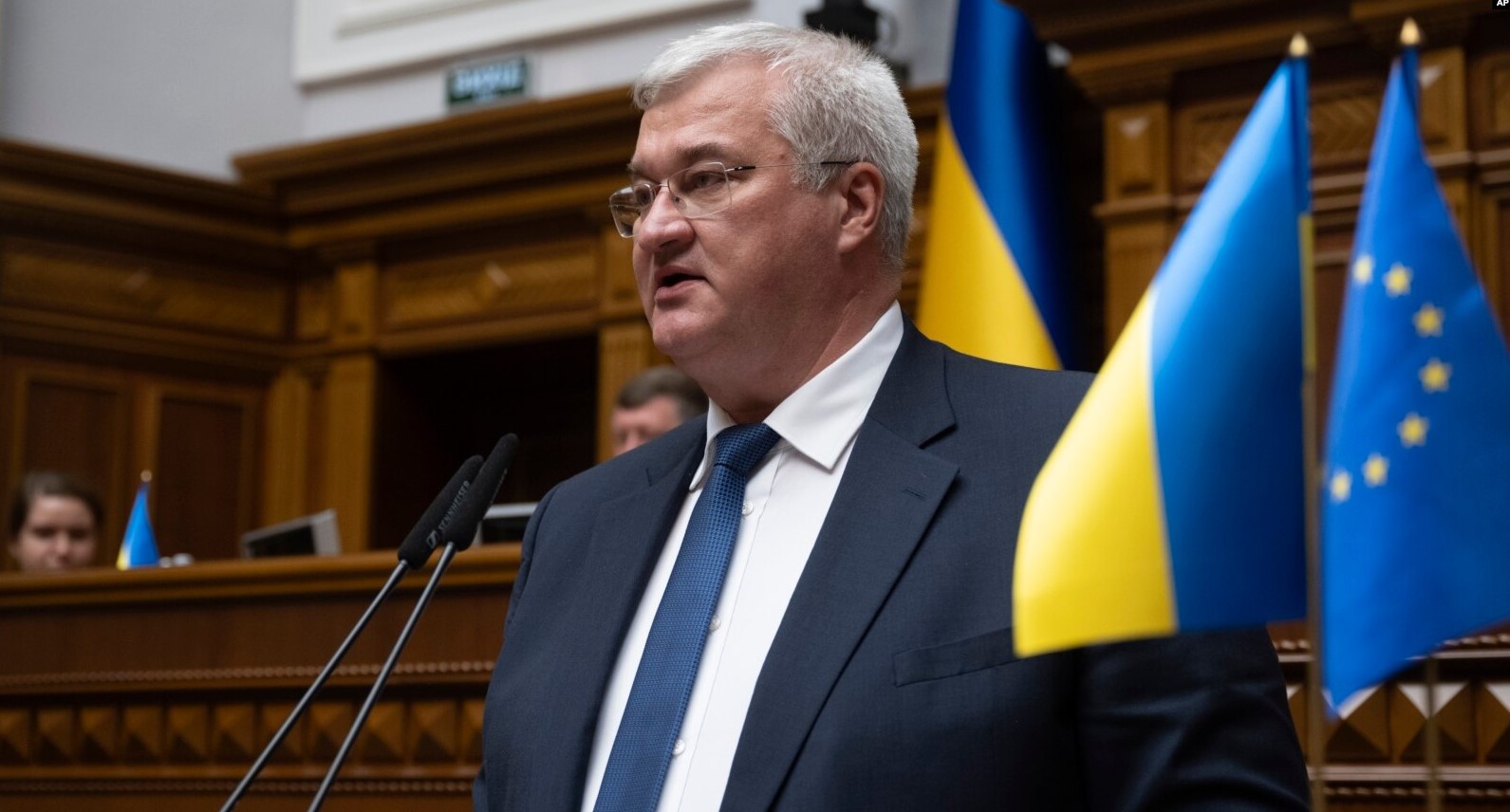The Russian influence operation “Matryoshka” is losing impact on social media despite its technical sophistication and attempts to adapt. This Kremlin-backed disinformation campaign aims to undermine trust in Western institutions and spread false narratives, mainly through fake posts presented under the names of well-known media outlets, as reported by ISD Global.
In the second quarter of 2025, analysts from the Institute for Strategic Dialogue (ISD) identified around 300 accounts tied to the operation on platforms like X (formerly Twitter), TikTok, and Bluesky. Despite the campaign’s expansion and use of new techniques—such as fake Euronews, BBC, and DW logos—X removed 73% of detected posts, while TikTok and Bluesky removed over 90%. Experts believe the high removal rate is due to the content becoming increasingly predictable for automated moderation systems.
The analysis showed that “Matryoshka” has shifted from election interference to long-term influence campaigns, focusing particularly on countries like Moldova and Ukraine. A notable target was Moldova’s pro-Western Prime Minister Maia Sandu, who was accused in the operation’s materials of corruption and incompetence, while Moldova was portrayed as weak and chaotic. However, even this large volume of content failed to spark meaningful engagement—most posts were quickly removed, and those that remained showed no signs of organic spread.
New tactics include a sharp increase in English-language posts and the active use of TikTok, where operators often posed as journalists from Euronews, Reuters, and France24, using profile images generated by AI. Nonetheless, most of these accounts gained no followers or engagement. One example: TikTok videos that had 10 times more likes than views, indicating artificial boosting attempts.
Analysts also noted that Telegram continues to be used actively by the operation, but its audience there remains primarily Russian-speaking rather than international—suggesting a shift toward domestic influence efforts.
ISD experts concluded that despite its efforts, Operation “Matryoshka” (also referred to as “Overload”) has failed to achieve its main goal: engaging real users and generating widespread reach. On Bluesky, for example, posts averaged fewer than one like each. Bots used on X and TikTok created only the illusion of interest, without real impact on the information landscape.
Experts warn that excessive media attention to such campaigns could unintentionally amplify their influence by granting them undeserved significance. They recommend focusing only on instances where an operation actually goes viral or displays new tactical developments.
In summary: Despite upgrades and attempts to expand to new platforms, the “Matryoshka” operation remains low-profile and largely ineffective. Social media platforms’ countermeasures appear to be working.















